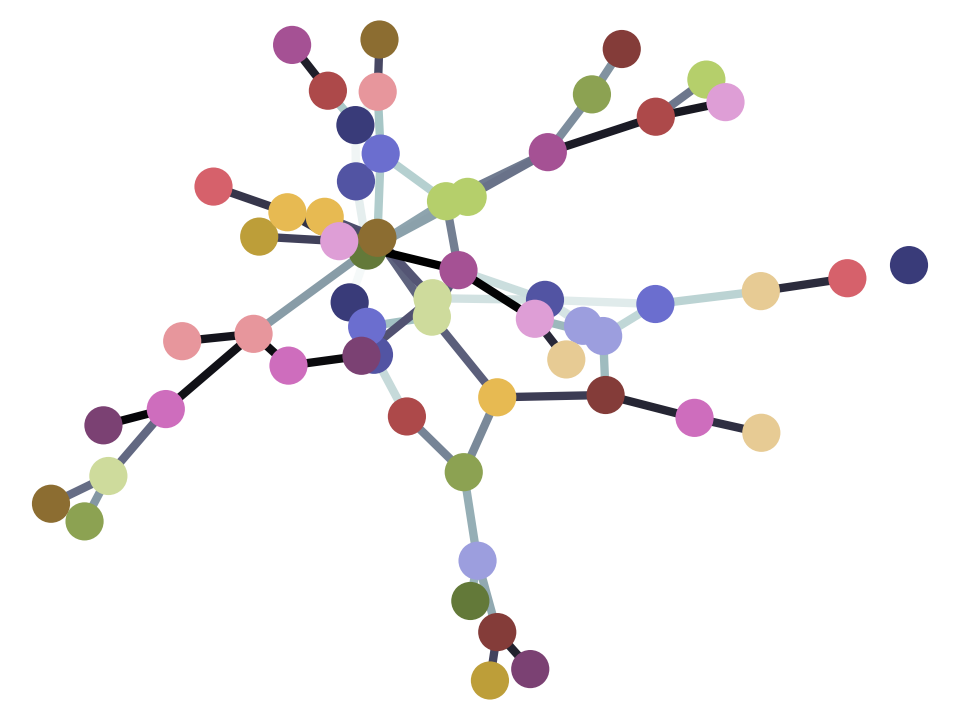Vector projection#
This here page follows the discussion in this Khan academy video on projection. Please watch that video for a nice presentation of the mathematics on this page.
For the video and this page, you will need the definitions and mathematics from on vectors.
Start#
Consider two vectors \(\vec{w}\) and \(\vec{v}\).
We can scale \(\vec{v}\) with a scalar \(c\). By choosing the correct \(c\) we can create any \vector on the infinite length dotted line in the diagram. \(c \vec{v}\) defines this infinite line.
We’re going to find the projection of \(\vec{w}\) onto \(\vec{v}\), written as:
The projection of \(\vec{w}\) onto \(\vec{v}\) is a vector on the line \(c \vec{v}\). Specifically it is \(c \vec{v}\) such that the line joining \(\vec{w}\) and \(c \vec{v}\) is perpendicular to \(\vec{v}\).
Why is it called projection?#
Imagine a light source, parallel to \(\vec{v}\), above \(\vec{w}\). The light would cast rays perpendicular to \(\vec{v}\).
\(\mathrm{proj}_\vec{v}\vec{w}\) is the shadow cast by \(\vec{w}\) on the line defined by \(\vec{v}\).
Calculating the projection#
The \vector connecting \(\vec{w}\) and \(c \vec{v}\) is \(\vec{w} - c \vec{v}\).
We want to find \(c\) such that \(\vec{w} - c \vec{v}\) is perpendicular to \(\vec{v}\).
Two perpendicular vectors have a vector dot product of zero (see on vectors), and so:
By distribution over addition of dot products:
Because \(\| \vec{v} \| = \sqrt(\vec{v} \cdot \vec{v})\):
So:
We can also write the projection in terms of the unit \vector defined by \(\vec{v}\):
\(\frac{\vec{w} \cdot \vec{v}}{\| \vec{v} \|}\) is called the scalar projection of \(\vec{w}\) onto \(\vec{v}\).
